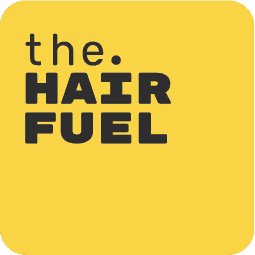Your hair care in winter will be quite different than in other seasons. Reason being is the constant change in the temperature your hair is exposed to: indoor dry warmth from central heating vs outdoor cold and wet. Your hair growth also slows down during winter months. Your hair will also be lacking moisture – so it is ever more important to stay hydrated with constantly sipping warm water throughout the day, and winter is known for comfort foods – which aren’t always the most beneficial for your hair.
More time indoors, more attention is necessary to counteract dry air effects from central heating and wearing a protective hairstyle with a hat, preferably with silk lining is a good way to protect your hair from the outdoor effects of winter. But longer evenings, can also mean more love and attention with at-home treatment masks, tools and techniques.
1. Hair oiling against temperature change in winter
The tricky thing in winter season is the constant change in temperature and variation in moisture levels. Cold outdoors, snow and rain, while indoor heating makes air warm but dry. To strengthen your hair strands against these fluctuations, regular oiling routine will help locking natural moisture within your strands and help your hair withstand the variation of temperatures and humidity. Once a week hair & scalp oiling routine will nourish your scalp and hair lengths. And, a few drops of oil on your hair ends right after you wash it – so the oil gets absorbed into the hair shaft, rather than staying on the surface, if you put the oil only once the hair is dry.
(Not sure which oil to use? Find out by taking our hair oil quiz below.)
2. Get a humidifier to protect hair against dryness
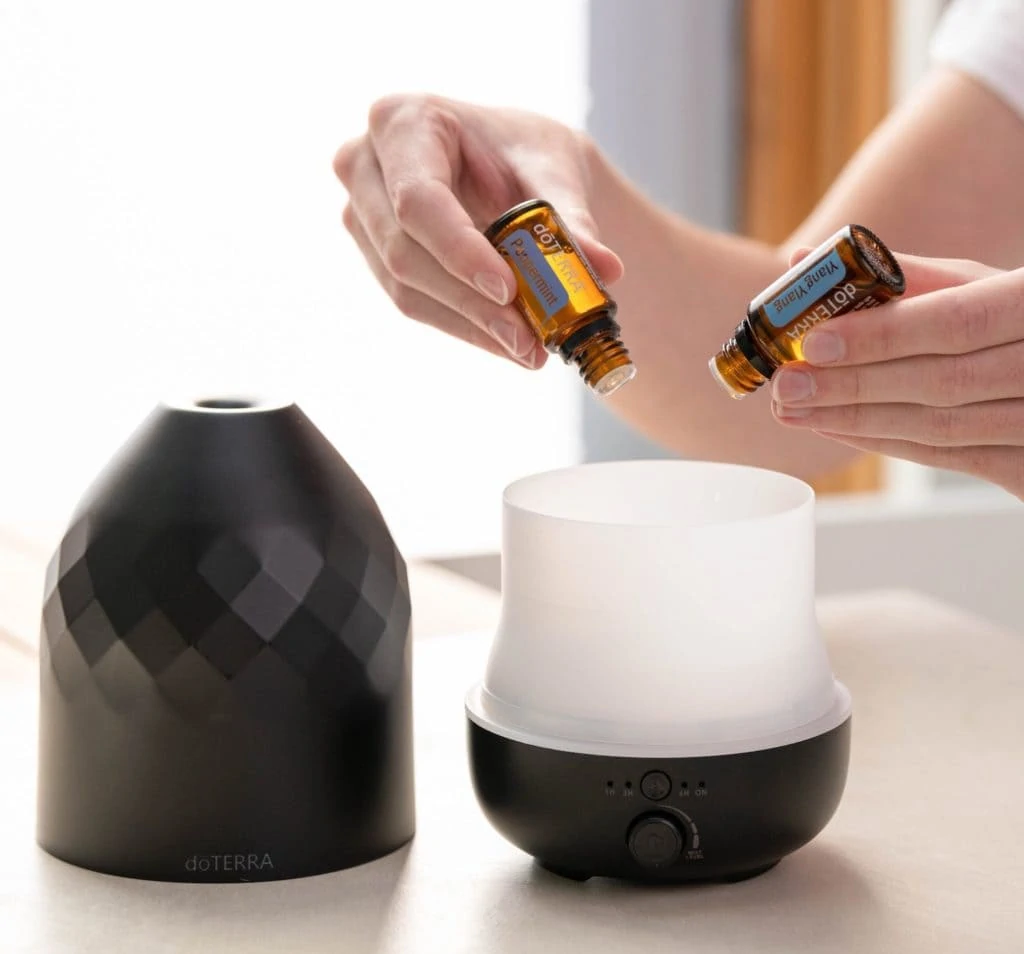
Indoor heating dries out your hair strands, so investing into a humidifier is a good idea. If you want to take your hair care in winter to the next level, worth considering getting an aroma-lamp where you can add a few drops of essential oil to calm your inner senses too.
Dry air creates hair frizz by making hair cuticles stand up like a brush which makes them vulnerable to losing moisture. Lost moisture equals increase hair brittleness. Droplets from humidifier will “calm” your hair cuticles, which will pay for itself as your expense for deep conditioning masks will reduce, too. Plus, some essential oils will manage those stress levels that is directly linked to hair growth!
3. A note on hats and hair care
In short – wear a hat. Hats are great to protect your strands against changes in temperature if you do go outside. But opt for those with silk or satin lining to reduce hair friction against wool or acrylic fibres. Generally speaking, the less friction your hair experience (against the fabric of your jumper, your hat or your scarf) – the better it is for your strands. It is time to embrace – protective hairstyles.
4. Embrace protective hairstyles in cold weather
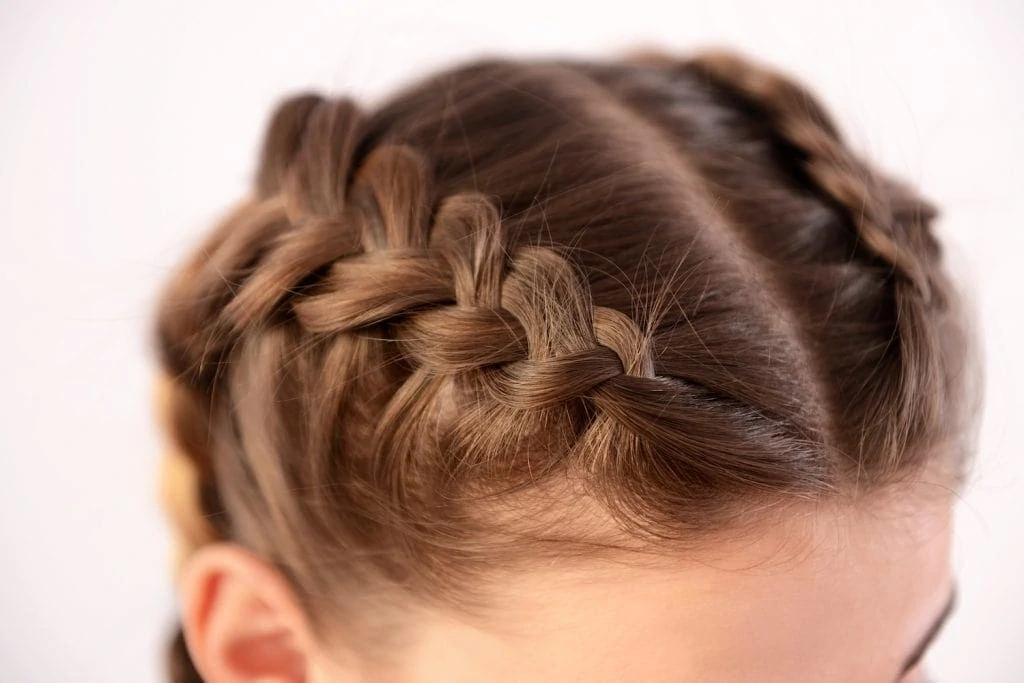
Whether when going to sleep or going outside, your hair gets a lot of friction by rubbing either against each other, your pillow, or against your coat, jumper and hats. To minimise the frizz, consider wearing your hair in a protective style: in braids, or hair clips during daytime. Ponytails and unsupported hair buns do not protect your hair – in fact they cause more damage than you think. They pull on the roots of your hair, which weakens them; and the hair left loose – will rub off against your jumper and the hat. It’s better to learn a few braided styles for the daytime and get a silk pillowcase for the night. Just make sure you’re not braiding your hair too tightly when going to bed.
(Bonus: wearing your hair in protective hairstyles makes it less greasy – so you will be needing to wash your hair less, too.)
5. Stay away from heating tools
Your hair is already vulnerable to the changes in weather and the challenges of dry and artificially heated air indoors, so you really must go easy on the heating tools. Heating tools wick out all the moisture and burn your hair cuticles further making them susceptible to breakage. If you follow our advice above with protective hairstyles – wearing your hair in a braid will make it last longer between the washes and make it wavy, too – when you let it out. In addition, you can explore hair rollers or try the heatless curls with as simple as the belt of your dressing gown. Below is a helpful tutorial if you need it.
6. Don’t leave your house with wet hair
Avoiding heat-styling tools, including blowryer makes it harder to not leave your house with wet hair… But being in the cold with wet hair may not only increase your risk of catching a cold, but cold air expands the moisture in hair shafts, making them prone to breakage, and may cause colour fading. The water droplets if frozen will also expose your hair cuticles to too dramatic of a change in temperature which can lead to permanent loss of hair cuticles affected by it.
To speed up drying time for your hair – consider using microfibre towel. Yes, in winter hair washing might require some additional planning to avoid using blowdryer (because coupled with indoor heating, it will dry out your hair strands too much) and avoiding being outdoors with wet hair.
7. Avoid over-washing your hair in winter
If you’re someone who washes their hair every day, it’s time to switch things up. Over-washing your hair strips it of natural oil, called sebum – produced by your hair follicles – that helps keep your hair moisturised and protected. This is especially bad in winter when those oils are much needed to keep your hair strands protected. Try extending the time between your washes as much as possible. For the best hair care in winter, if you typically wash your hair every day, just add one more day to your hair washing cycle – switching it to every other day. Another way to help extend the time between washes is to use dry shampoo or protective hairstyles. Simple cornstarch can go a long way when it comes to freshening up your roots.
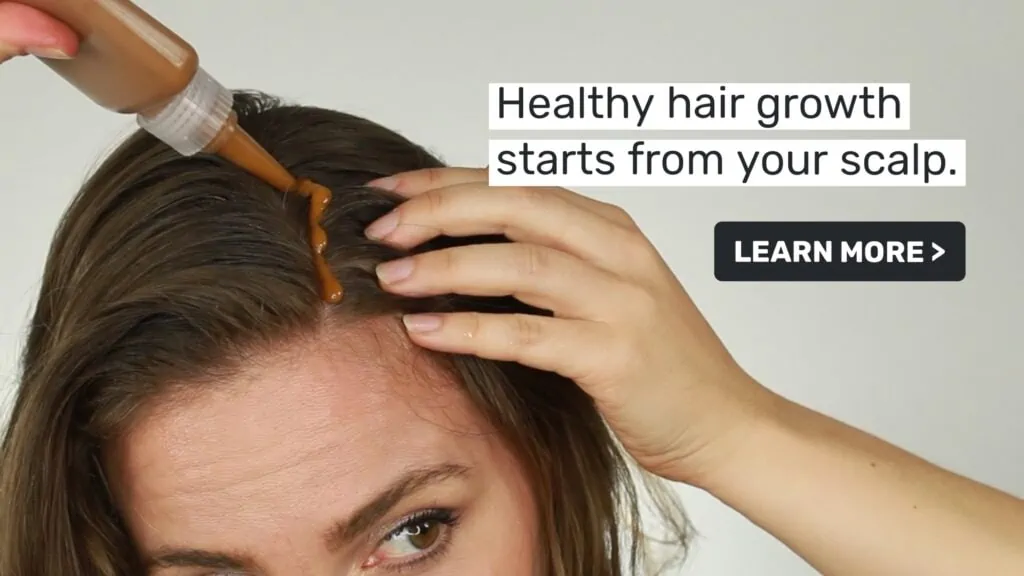
8. Silicones and sulfates in your hair care products
Silicones in your conditioner and leave-in treatments wrap your strands in a plastic-like film: in one way is what it gives the instant smooth shine and feel, and improved slip and manageability. But silicones create product build up, which weighs down your hair, and over longer usage “suffocate” your hair strand leading to hair thinning. In winter your hair is already weighed down and tired – adding non-water soluble silicones will make the product build up worse and coupled with wearing a hat might increase your chances of developing dry & itchy scalp.
Sulfates in shampoos act as surfactant – i.e. they break through the layer of grease and oil that may have accummulated on your hair. Sulfates are also supposed to clear out those non-soluble silicones from your hair. Unfortunately, they also dry out and strip hair of its natural moisture. Consider products with gentler surfactants or none at all.
Stay away from products containing non-soluble silicones and if possible – no silicones at all. Rather, follow up with natural oil on your strands: grapeseed works well for both, humid and dry environments, you just need to know your hair porosity to know how and when to apply it.
9. Supplement and eat seasonal for your hair
Fresh seasonal produce will contain more nutrients since there is less need to speed up their ripening. Focusing your nutrition to be from a local farmers market or a veggie box – might not only help you in your quest for more sustainable living, but also feed your hair nutrients it desperately needs in colder months.
Summer with its abundance of fruits and vegetables is over, so you want to to support your immune system during colder days. Consider additional supplementation, especially vitamin C and zinc to help your body produce more collagen and fight inflammation. Your hair and immune system will thank you for that. If you are a vegetarian or vegan, ensure you consume sufficient amount of iron and B vitamins during winter time, too.

10. Scalp blood flow and hair growth in winter
In winter, hair growth naturally slows down, being the lowest in January to February. To help support hair growing function during these month focus on scalp blood flow. A variety of tools available to you:
- Consider inversion method use warm oil to massage your scalp and improve blood flow.
- A dermaroller to your scalp that can support collagen production in hair roots
- A mask for your scalp to improve and support blood flow to your hair follicles
Good blood flow in scalp strengthens your hair roots during colder seasons so you meet spring in full flair and great hair.
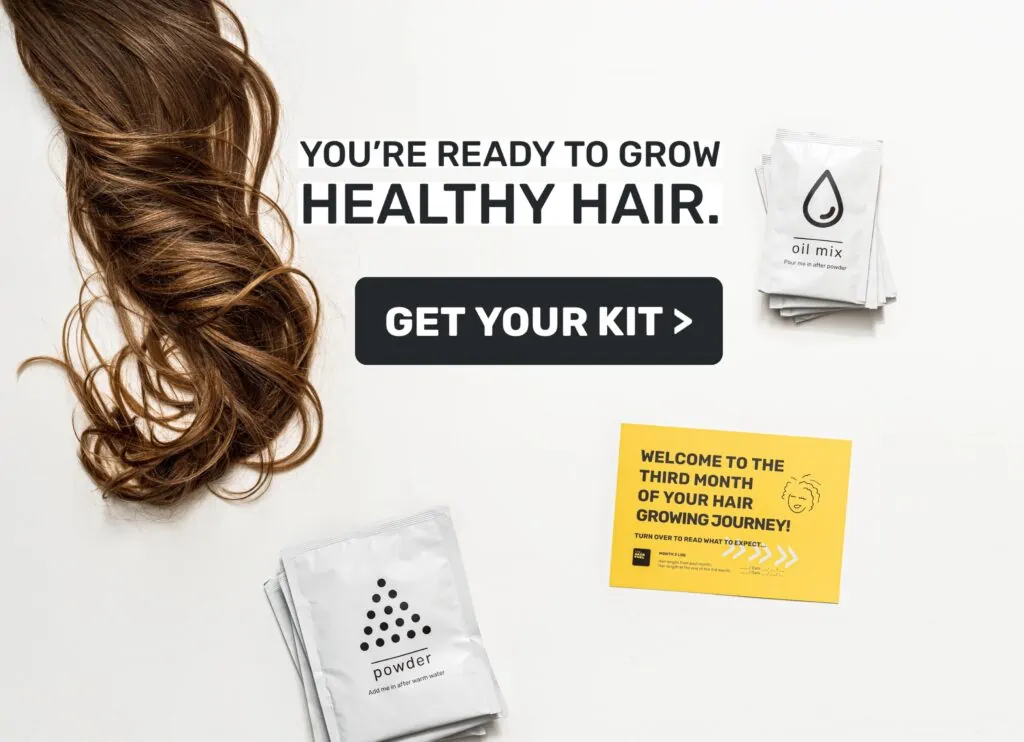
Sources:
How your heater can affect your hair according to a stylist, Bustle.com, (1)
Effect of vitamin C and its derivatives on collagen synthesis and cross‐linking by normal human fibroblasts, International Journal of Cosmetic Science, (2)
Seasonal changes in human hair growth, British Journal of Dermatology (3)
Who we are:
The Hair Fuel is an all-natural hair growth mask created by Laura Sagen, who lost a third of her hair after a terrible visit to a hairdresser while suffering from a life-long condition of PCOS associated with androgenic hair thinning. She developed the formulation rooted in the science of scalp blood flow, which has become The Hair Fuel growth mask. Since then, her company has helped thousands of people like you to start growing healthy hair.
We work closely with our lab and manufacturers to ensure the highest quality product. But a product alone is never enough – so we hold your hand throughout your own, unique hair growth journey. Our flagship product, The Hair Fuel mask coupled with tailored advice, digital tools, and online support is there to help you grow the best hair you can. It’s a big claim – but we’re unafraid to make it. Check out our starter bundles >>
